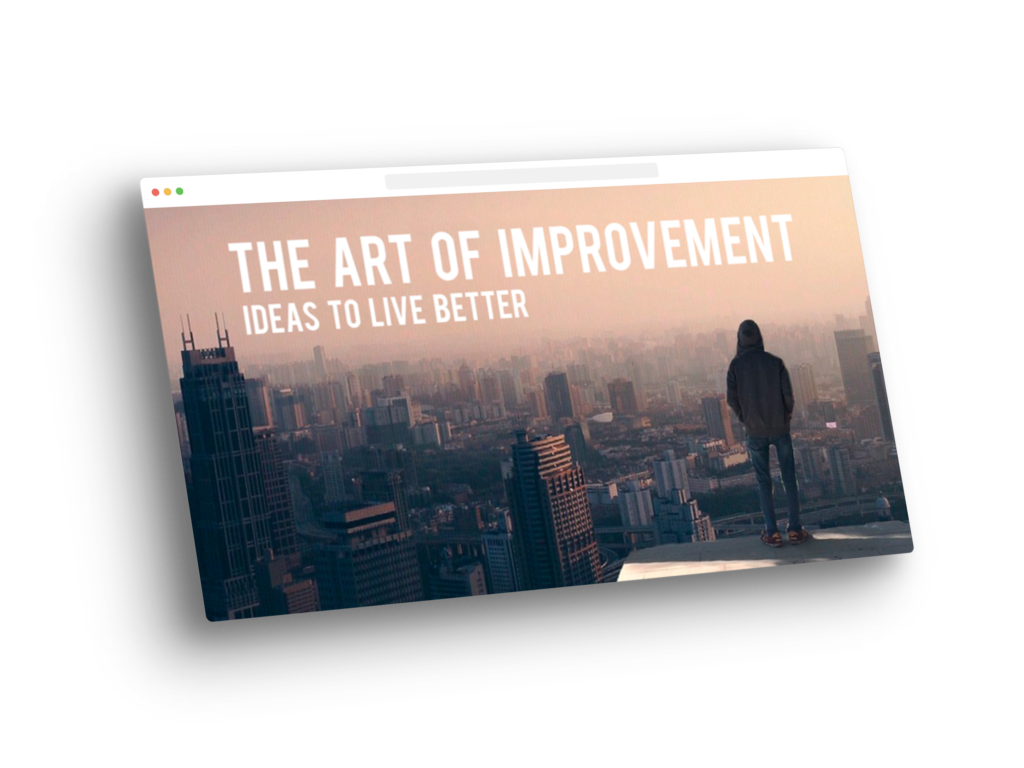Do you have a bad habit or two? Most people do. While good habits can be helpful, and make it easier to live happy, healthy lives, bad habits can make things more difficult to achieve our goals, and to be the people we want to be.
So if you have a bad habit that’s creating problems for you, it should be easy to just stop doing it, right? Well, no. As most people would agree, it’s not that easy. Stopping a bad habit can be nearly impossible depending on how deeply rooted or physically addictive that habit may be. But turning it into a better habit, could be the trick to making the change.
So how do you change a bad habit into a good habit?
Be Aware
To start with, make an assessment of your regular routines and habits. Become aware of what’s working for you, and what’s not. Identifying your bad habits is the first step to changing them. We all have both good and bad habits, and the difference is in whether they’re doing something FOR you, or AGAINST you.
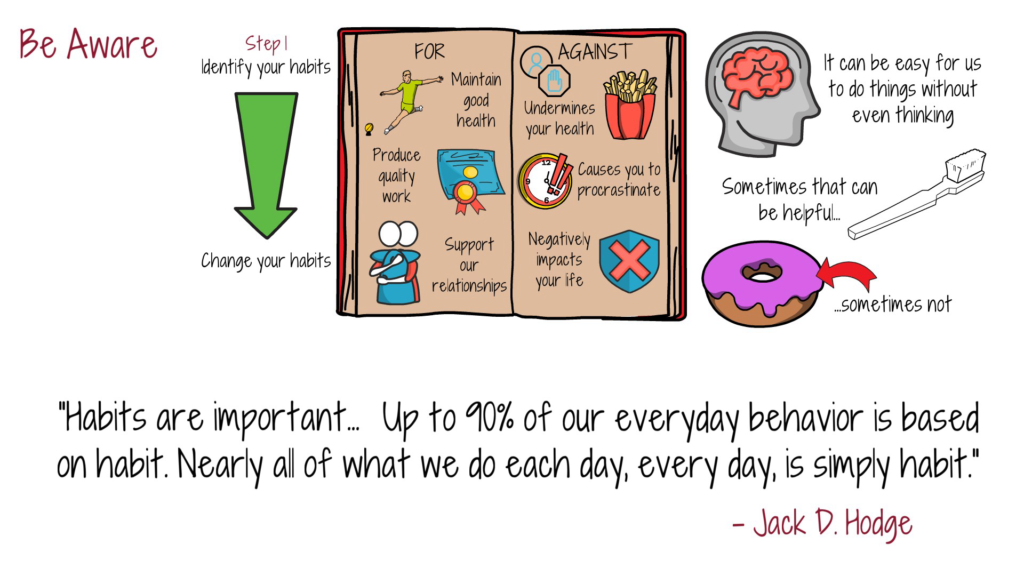
Good habits help us maintain good health, produce quality work and support our relationships. Basically, that’s anything that improves our lives and keeps us moving in the direction of our goals. Bad habits are those things that toss up roadblocks and challenges to who and where we’d like to be. If it undermines your health, causes you to procrastinate or negatively impacts your life in some other way, then that’s a habit you might want to change.
Author Jack D. Hodge says:
“Habits are important… Up to 90% of our everyday behavior is based on habit. Nearly all of what we do each day, every day, is simply habit.”
Many of our habits have become so automatic, we hardly notice them. Once our brains become accustomed to a habit, it becomes easy for us to do things without even thinking. Sometimes that can be helpful, so we can think about other things while doing simple tasks like brushing our teeth and tying our shoes. We don’t think about it. We just do it, because it’s become a habit.
But habits like smoking, reaching for snacks when you’re stressed, or biting your nails, are not in your best interest, even though it’s easy for you.
So while some habits can be beneficial to help us through our day with ease, what do we do about those other habits? The ones that are not so helpful?
What Triggers You?
Once you’re aware of the habit you want to change, ask yourself some questions about the nature of the habit. Things like:
- When does it happen?
- How many times a day?
- Where are you when you do this habit?
- Who are you with?
- How are you feeling?
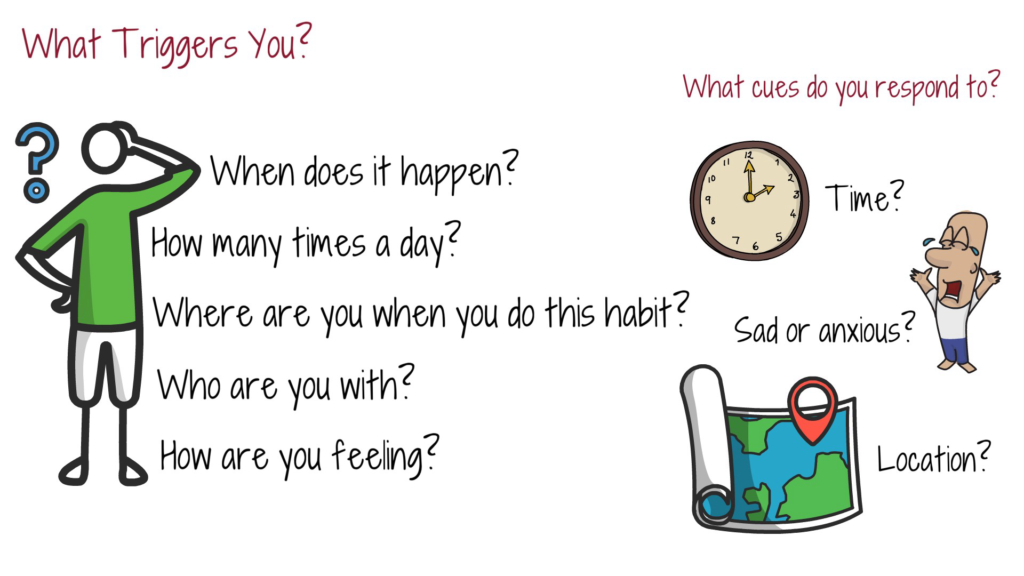
Take a look at what cues you respond to that cause you to act. Think about when it happens. Does it relate to a certain situation or person? Does it occur when you are sad or anxious? Do specific places bring about the urge to indulge in this habit?
With every habit, there are three things. The trigger, the action and the reward. This creates the habit loop.
The thing that triggers you is what starts the cycle. For example, If you become anxious when you get a phone call from your boss, and that makes you want to bite your fingernails, the anxious feeling is the trigger. Similarly, if you always have a cigarette right after you eat, then finishing a meal is the trigger.
If you know what triggers the habit, you may be able to avoid some things. But that’s not always possible. You can’t avoid meals in order to not be triggered to smoke afterwards. So simply eliminating all triggers isn’t a realistic option.
Some people have tried using willpower to overcome a bad habit. But that’s not usually very effective. It may have short term success, but over time, willpower fades and habits return.
So then what? You have identified a habit you want to change. You know what triggers you to do the thing you don’t want to do. And willpower has only short term effects. So how do you stop your bad habit?
Disrupt and Replace
The next step in the habit loop is the action itself. It’s easier to replace a bad habit with a better one than to eliminate the response altogether. So by changing the way you do something, or making a different choice, you can make big changes in a positive way.
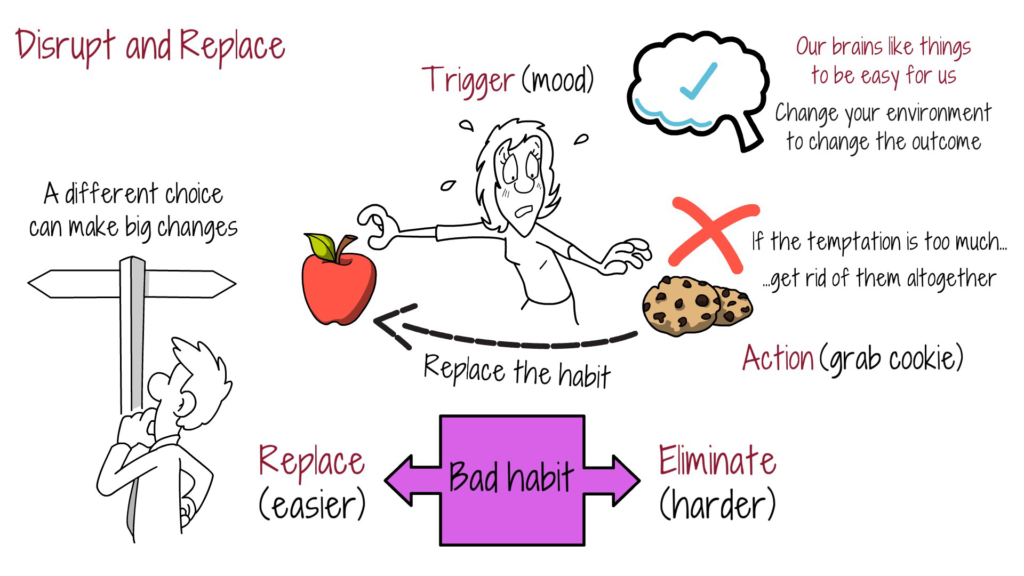
For example, if the trigger is your mood, like feeling stressed or anxious, then your next step might be that you grab a bag of chips, or a box of cookies. If this has been your habit for quite a while, it’s difficult to not just reach for the familiar comfort food that you’re used to. Doing nothing would probably feel unbearable to you. So think about what you could do instead. Could you have an apple? Or some other healthy choice? You might find that by replacing one habit with a healthier option, you can feel the same reward, rather than denying the habit altogether.
If eating the cookies is too much of a temptation, you might try not having them in the house in the first place. In one research study on the habit of smoking, they found that cigarette sales decreased, when they no longer displayed them at the cash registers. The fact that they were readily available and in plain sight, had contributed to being a trigger for smokers.
Our brains like things to be easy for us. If you have the habit of checking your phone when you’re in bed, try leaving it in another room. By changing your environment, you could change the outcome.
Rewards
Your actions become habits when you are getting something out of it. You are rewarding yourself, and look forward to those rewards. Then it becomes a habit. But you can use the reward system to defeat bad habits, by giving yourself a different reward.
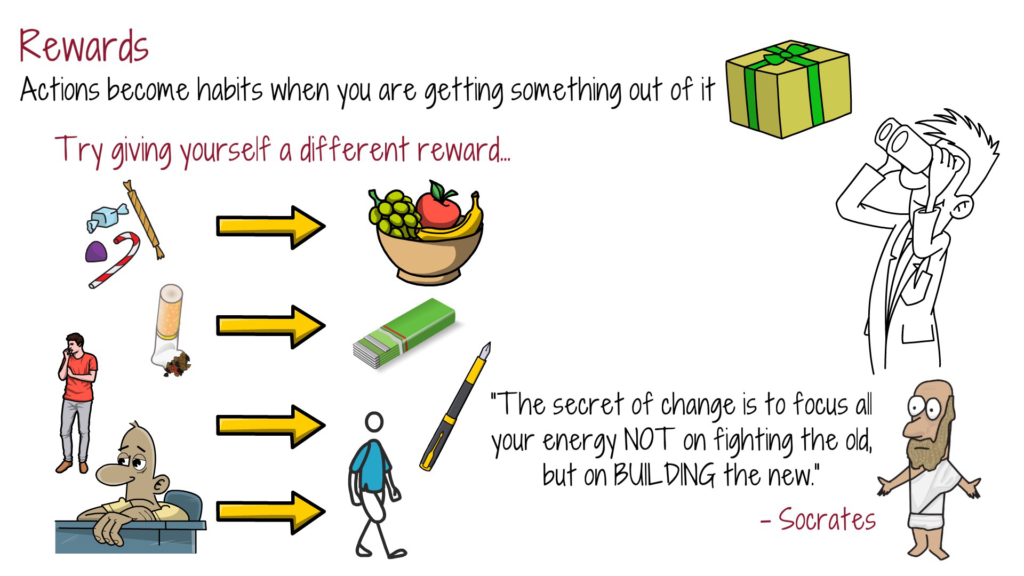
For example, instead of that, try this:
- Instead of processed sweets, try fruit
- Instead of a cigarette, try chewing gum
- Instead of biting your nails, try journaling
- Instead of succumbing to boredom, go for a walk
By using replacement techniques to reward yourself, you may be able to turn some bad habits into good ones. Philosopher Socrates said,
“The secret of change is to focus all your energy NOT on fighting the old, but on BUILDING the new.”
Change for the long term
By creating a new lifestyle habit, you can create a new you. It’s not hard to give up something for a short time, but if the goal is to change the bad habit for good, you will need to make it a permanent new choice.
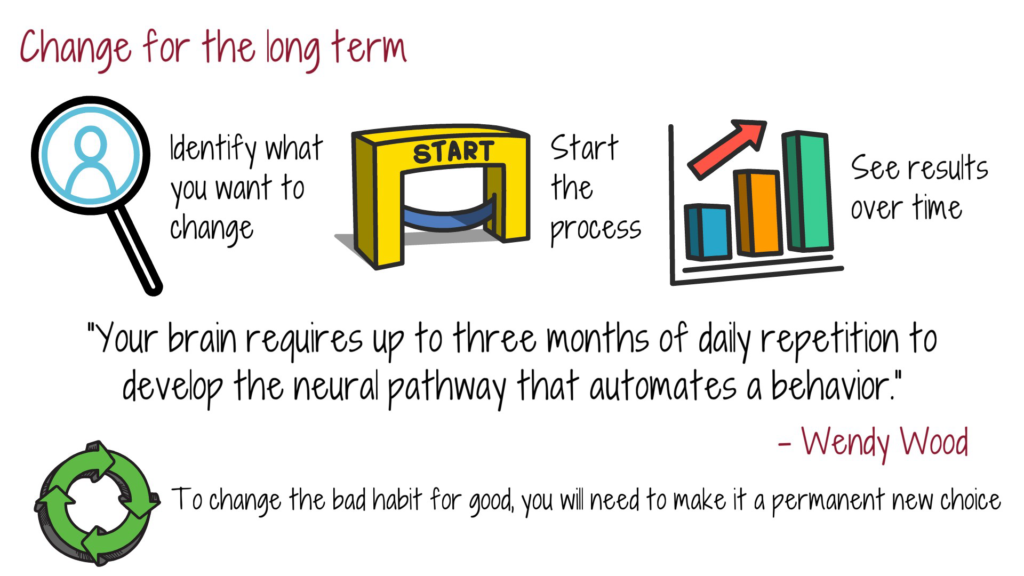
Psychologist Wendy Wood said,
“Your brain requires up to three months of daily repetition to develop the neural pathway that automates a behavior.”
So changing a habit doesn’t happen overnight. But once you can identify what you want to change, and start the process, you can see results over time.
When you figure out the habit loop, you can begin to follow a new plan and watch what happens. Then continue to apply the same process to any habit you want to change.
Start with the basic sentence:
“When I (name your trigger), I (name your action), so that I can get (reward).”
Now fill in those blanks with new choices.
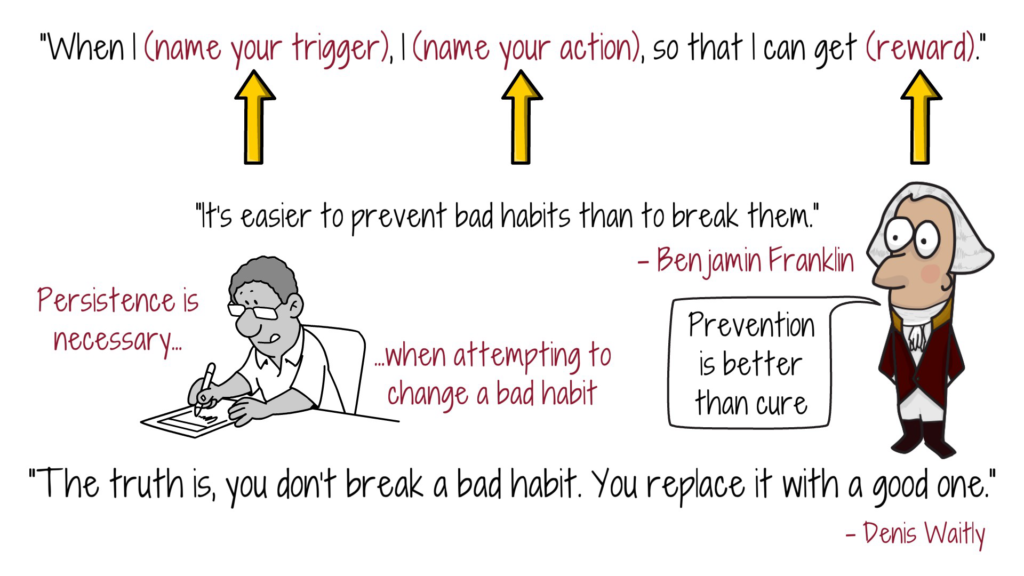
Best selling Author and Motivational Speaker, Denis Waitly, wrote,
“The truth is, you don’t break a bad habit. You replace it with a good one.”
By changing the way you react to your triggers, and replace them with better actions and rewards, you can make long lasting lifestyle changes.
Persistence is necessary when attempting to change a bad habit. It takes time to create new neural pathways. But once your brain has learned the routine, you can continue to reinforce it with more good habits.
Benjamin Franklin said,
“It’s easier to prevent bad habits than to break them.”
Being mindful of what habits you establish to start with can help you to work easily and successfully with your good habits, and not have to work so hard at transforming the ones you want to change.
